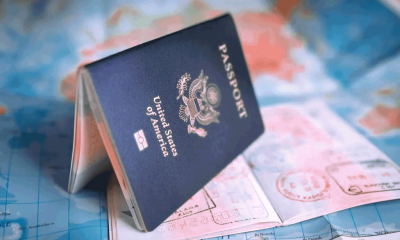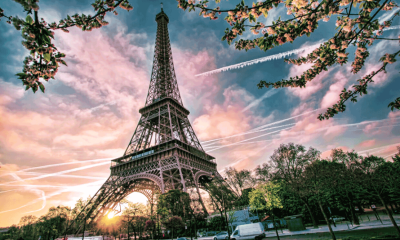Middle East
The Ultimate Guide to Iran Travel: Everything You Need to Know
Why Iran Should Be Your Next Travel Destination
Iran, a land of ancient history and rich cultural heritage is rapidly emerging as a must-visit destination for travelers seeking unique experiences. The allure of Iran’s travel lies in its diverse landscapes, stunning architecture, and warm hospitality. From the bustling bazaars of Tehran to the serene gardens of Shiraz, Iran tourism offers something for everyone.
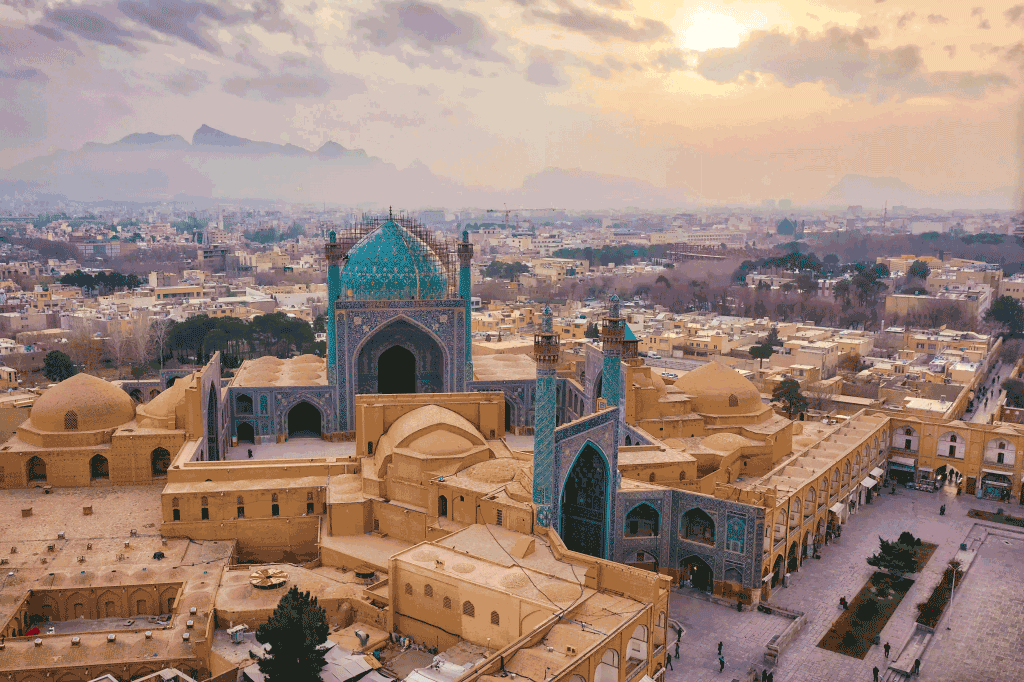
One of the primary reasons for traveling to Iran is its historical significance. With 24 UNESCO World Heritage sites, including Persepolis’s ruins and the ancient Yazd, visiting Iran is like stepping back in time. The intricate Persian architecture and vibrant tilework in mosques and palaces are breathtaking.
Moreover, Iranian cuisine is another compelling reason why visiting Iran should be on your travel list. The flavorsome dishes such as kebabs, stews (khoresh), and saffron-infused rice (below) are a treat for any food lover. Additionally, the country’s natural beauty—from the Alborz Mountains to the deserts of Dasht-e Kavir—provides ample opportunities for outdoor adventures.
Best Time to Visit Iran for the Perfect Experience
When planning a Iran Travel, timing is crucial to ensure the perfect experience. Understanding the seasons in Iran and how they affect travel conditions can help you decide the best time to visit.
Iran experiences four distinct seasons, each offering unique advantages and challenges for travelers. Spring (March to May) is the best time to travel to Iran. The weather in Iran during this season is pleasantly mild, with blooming flowers and lush landscapes enhancing the beauty of historical sites and natural attractions.
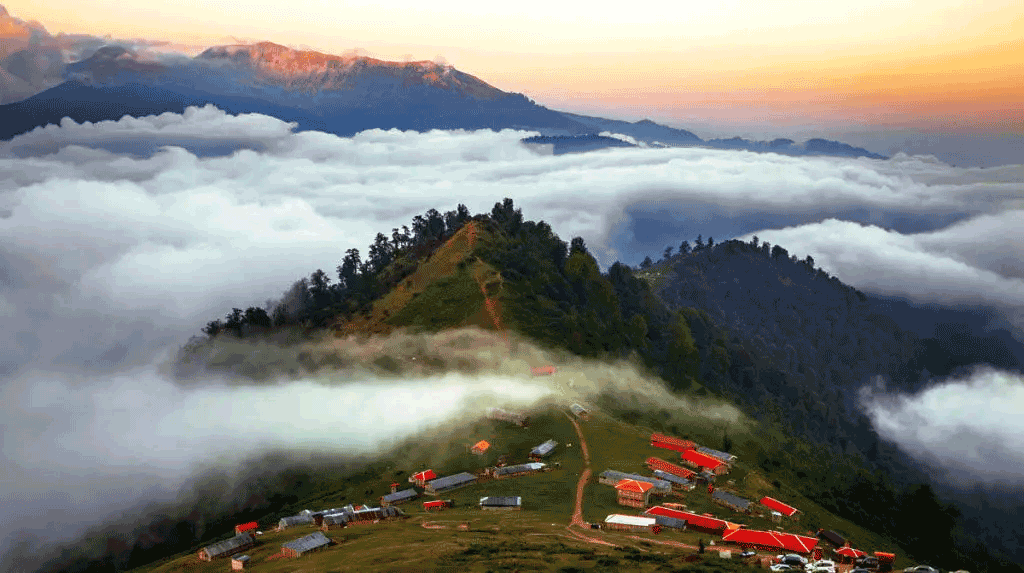
Summer (June to August) can be hot, particularly in central and southern regions like Tehran, Isfahan, and Shiraz. However, summer might still be a viable option if you want to explore more excellent northern areas or mountainous regions such as Alborz or Zagros Mountains.
Autumn (September to November) is another excellent period for visiting Iran. The temperatures are moderate, making it comfortable for sightseeing and outdoor activities. The fall foliage adds an extra layer of charm to cities like Kashan and Yazd.
Winter (December to February) brings cold weather, especially in northern parts of the country where snowfall is expected. While this might deter some travelers, winter sports enthusiasts will find excellent skiing opportunities in resorts near Tehran.
The peak tourist season in Iran typically aligns with spring and autumn due to favorable weather conditions. To avoid crowds while enjoying good weather, consider traveling during the shoulder months at the beginning or end of these seasons.
Top Must-See Attractions and Destinations in Iran Travel
Iran, a land of rich history and diverse landscapes, offers many attractions that captivate travelers from around the globe. Here are some must-see destinations that should be on your itinerary when visiting Iran.
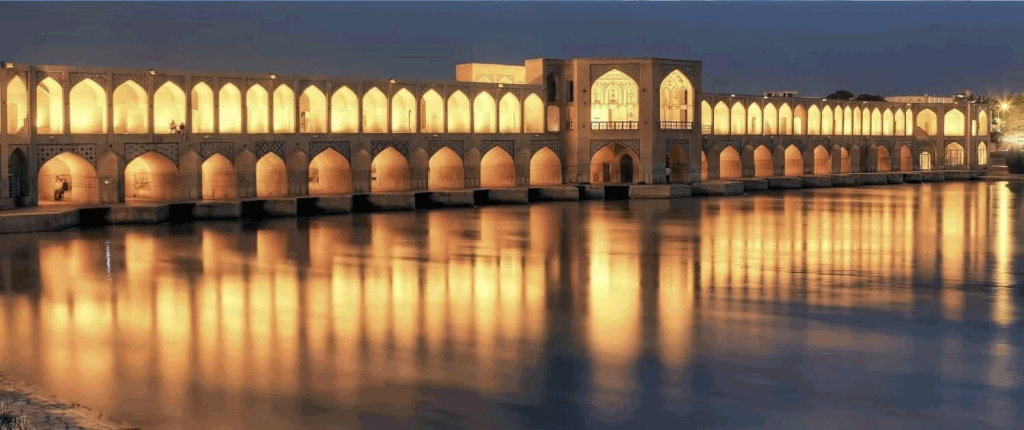
First and foremost, the ancient city of Persepolis stands as one of Iran’s most significant historical sites. This UNESCO World Heritage site showcases the grandeur of Persian architecture with its impressive ruins dating back to 515 BC. Walking through its majestic columns and intricate reliefs, you can almost hear the echoes of ancient ceremonies and royal events.
Another landmark not to be missed is the Nasir al-Mulk Mosque in Shiraz, often called the Pink Mosque. Renowned for its stunning stained glass windows, this mosque transforms into a kaleidoscope of colors when sunlight streams through, creating an ethereal atmosphere that leaves visitors in awe.
For those interested in natural attractions in Iran, the mesmerizing landscapes of Dasht-e Kavir (the Great Salt Desert) offer an otherworldly experience. The vast salt flats and unique rock formations provide ample opportunities for breathtaking photography and peaceful solitude.
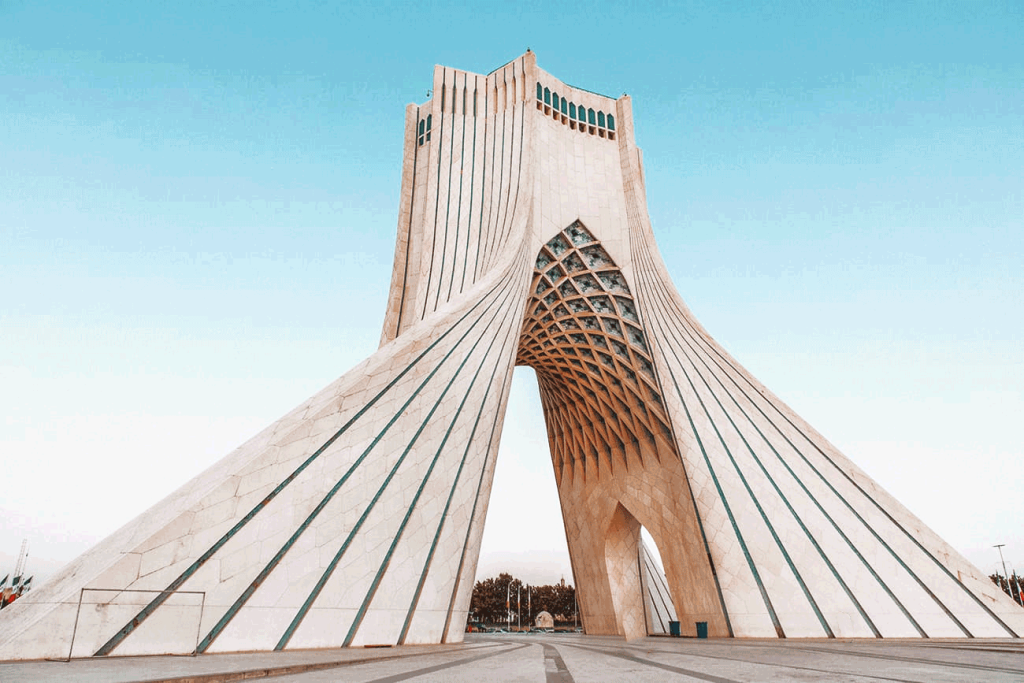
The historic city of Isfahan is another jewel among places to visit in Iran. Known for its Persian architecture, Isfahan boasts several iconic landmarks, such as Naqsh-e Jahan Square (Imam Square), surrounded by magnificent structures, including Ali Qapu Palace, Sheikh Lotfollah Mosque, and Imam Mosque. Each building exemplifies exquisite artistry and design that have stood the test of time.
Lastly, only a trip to Iran would be complete with exploring Tehran’s Golestan Palace. This lavish complex reflects a blend of Persian art with European influences and serves as a testament to Iran’s royal heritage.
From historical sites steeped in ancient lore to natural wonders that showcase Earth’s raw beauty, Iran’s landmarks promise an unforgettable journey through time and nature.
Cultural Etiquette and Customs Every Traveler Should Know About Iran
Understanding and respecting the local culture is crucial for a rewarding experience when traveling to Iran. Here are some essential Iranian culture tips for tourists:
Dress Code for Tourists in Iran: One of the most important aspects to be aware of is the dress code. Women are required to wear a headscarf (hijab) and loose-fitting clothing that covers their arms and legs. Men should avoid wearing shorts and sleeveless shirts in public.
Etiquette for Travelers in Iran: Politeness is highly valued in Iranian society. Greeting people with a handshake or a slight bow is customary, but be mindful that physical contact between unrelated men and women is generally avoided in public settings.
Social Customs in Iran Travel: Taarof, an Iranian form of politeness, involves offering something out of courtesy even if it’s not meant to be accepted. For instance, it’s polite to decline when offered food or drink before accepting the second or third offer.
Respecting Religious Practices: Iran is an Islamic country where religion plays a significant role in daily life. Be respectful during prayer and avoid disruptions near mosques or other religious sites.
By adhering to these guidelines on etiquette for travelers in Iran, you’ll not only show respect for local customs but also enhance your cultural experience during your visit.
Taste of Persia: A Food Lover’s Guide to Iranian Cuisine
Iranian cuisine is a treasure trove of flavors, aromas, and textures that reflect the country’s rich cultural history. For those embarking on a culinary journey through Iran, this guide will introduce you to some of Persia’s most beloved traditional dishes and popular foods.
One cannot explore Iranian food without tasting “Chelo Kebab,” the national dish of perfectly grilled meat served with saffron-infused rice. Another staple is “Fesenjan,” a sumptuous stew made from pomegranate molasses and ground walnuts, typically cooked with chicken or duck.
For those wondering what to eat in Iran beyond these classics, “Dizi” (also known as “Abgoosht”) is a must-try. This hearty lamb and chickpea stew is traditionally slow-cooked in stone pots and often enjoyed with flatbread. Vegetarians will be delighted by “Kashk-e Bademjan,” a smoky eggplant dip enriched with whey sauce.
Street food in Tehran offers an array of quick bites that are both delicious and affordable. “Sambuseh” (Iranian samosas) is filled with spiced meat or vegetables and is perfect for snacking on the go. Don’t miss out on trying “Ash Reshteh,” a thick noodle soup brimming with herbs and beans and sometimes topped with fried onions and yogurt.
This Iranian food guide only scratches the surface of what Persian cuisine has to offer. Each dish tells a story about the land’s diverse heritage, from succulent kebabs to fragrant stews. Whether dining at an upscale restaurant or sampling street food in Tehran, every bite promises an unforgettable taste of Persia.
Navigating Transportation and Accommodation Options While Traveling Through Iran
Traveling through Iran offers a rich tapestry of experiences, but understanding your transportation and accommodation options can significantly enhance your journey. When it comes to getting around Iran, the country boasts a variety of transport options that cater to different preferences and budgets. From modern buses and efficient trains to domestic flights, travelers can choose the most convenient mode of transport based on their itinerary.
Buses are an economical and comfortable choice for those who prefer road travel, with both regular and VIP services available. Trains provide a scenic alternative for longer journeys between cities like Tehran, Isfahan, and Shiraz. Domestic flights are also plentiful for those looking to save time on cross-country trips.
Accommodation in Iran ranges from budget-friendly hotels to luxurious establishments. Budget hotels in Iran offer basic amenities at affordable prices, making them ideal for backpackers or travelers looking to stretch their funds further. On the other hand, luxury hotels in Iran provide premium services and facilities that cater to those seeking comfort and indulgence during their stay.
By familiarizing yourself with these transportation and accommodation options before your trip, you can ensure a smoother travel experience throughout this fascinating country.
Safety Tips and Travel Advice for a Hassle-Free Trip to Iran
When planning a trip to Iran, being well-prepared and informed about the safety measures and travel advice specific to the region is essential. Here are some crucial safety tips and travel precautions for a hassle-free journey:
Understand Local Laws and Customs: Familiarize yourself with Iran’s local laws, customs, and cultural norms. Respecting these can help you avoid any unintended offenses.
Stay Informed About Travel Advisories: Regularly check travel advisories from reliable sources such as your home country’s government or international organizations. These advisories provide updated information on potential risks or safety concerns in different regions of Iran.
Health Precautions: Ensure you have all necessary vaccinations before traveling to Iran. Carry a basic medical kit with essentials like prescription medications, pain relievers, antiseptics, and other personal health items.
Travel Insurance: Invest in comprehensive travel insurance that covers health emergencies, trip cancellations, and other unexpected events. This can provide peace of mind and financial protection during your travels.
Avoid High-Risk Areas: While most of Iran is safe for tourists, certain areas near the borders may pose higher risks due to political instability or conflict zones in neighboring countries like Iraq. It’s advisable to avoid these regions unless necessary.
Local Contacts: Have contact information for your embassy or consulate in case of emergencies. Additionally, keeping local emergency numbers handy can be crucial if you encounter any problems during your stay.
By following these safety tips and taking appropriate travel precautions while traveling through Iraq or nearby areas within Iran’s borders, you can ensure a more secure and enjoyable trip experience.
Middle East
Exploring Istanbul: A Guide to its Rich History & Culture
Why Istanbul Should Be Your Next Travel Destination
Nestled between Europe and Asia, Istanbul stands as a vibrant testament to the confluence of cultures, history, and modernity. This unique positioning makes Istanbul travel an enticing prospect for any avid explorer. One of the primary reasons to visit Istanbul is its rich historical tapestry; from Byzantine marvels like the Hagia Sophia to Ottoman masterpieces such as the Topkapi Palace, the city offers a journey through time unlike any other.

Why visit Istanbul? Beyond its historical allure, the city is a bustling metropolis where ancient traditions seamlessly blend with contemporary lifestyles. The Grand Bazaar and Spice Market provide immersive experiences into local culture and commerce, while modern districts like Taksim Square showcase bustling nightlife and cutting-edge cuisine.
Another compelling reason to explore Istanbul is its scenic beauty. The Bosphorus Strait not only divides two continents but also offers stunning views that can be enjoyed from numerous vantage points across the city. Whether you’re cruising on its waters or savoring a meal at a waterfront restaurant, the Bosphorus adds unparalleled charm to your travel experience.
In essence, Istanbul promises an enriching adventure filled with cultural depth, historical grandeur, and breathtaking landscapes—making it a must-visit destination for travelers worldwide.
Historical Landmarks You Must Visit in Istanbul
Istanbul is a city where history and modernity blend seamlessly, offering visitors a treasure trove of historical landmarks that speak volumes about its rich past. Among the top attractions in Istanbul, the Hagia Sophia stands out as an architectural marvel. Originally constructed as a cathedral in 537 AD, it later served as a mosque and now functions as a museum. Its massive dome and intricate mosaics make it one of the most iconic historical places in Istanbul.
Another must-visit landmark is the Blue Mosque, known for its stunning blue tiles that adorn its interior walls. Built in the early 17th century, this magnificent structure remains an active place of worship while also welcoming tourists from around the globe. The harmonious blend of Islamic and Byzantine architectural elements makes it one of the top attractions in Istanbul.
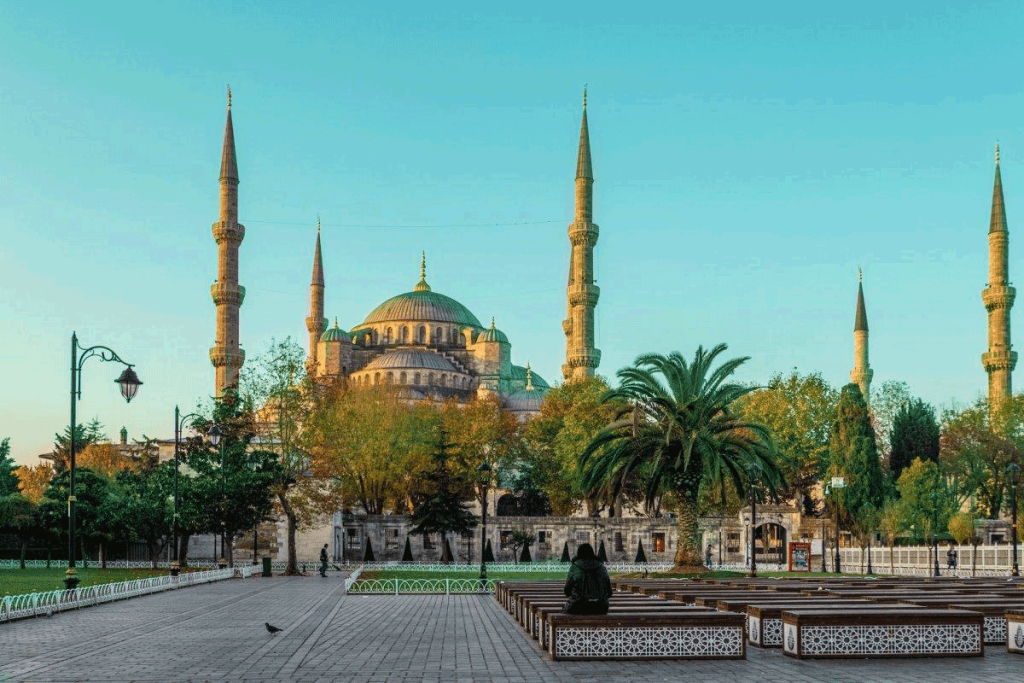
For those interested in exploring more historical places in Istanbul, Topkapi Palace offers an intriguing glimpse into the opulent lifestyle of Ottoman sultans. This sprawling complex includes lush gardens, ornate rooms, and invaluable artifacts that provide insight into centuries-old traditions.
Visiting these Istanbul landmarks not only enriches your understanding of history but also allows you to experience firsthand the cultural legacy that has shaped this extraordinary city. Whether you’re wandering through ancient halls or admiring grand facades, each site offers a unique window into Istanbul’s storied past.
Cultural Experiences Unique to Istanbul
Istanbul, a city straddling two continents, offers a rich tapestry of cultural experiences unique to its vibrant history and diverse population. The blend of East and West is evident in every corner, from the bustling bazaars to the serene mosques.
One of the most iconic cultural activities in Istanbul is visiting the Grand Bazaar. This historic market has been trading goods since the 15th century and remains a bustling hub where you can experience traditional Turkish commerce firsthand. Here, you can find everything from spices and textiles to intricate jewelry, all while haggling with local vendors—a practice deeply rooted in Turkish traditions.

Another must-experience aspect of Istanbul culture is its culinary scene. Enjoying a traditional Turkish breakfast or “kahvaltı” is an activity that goes beyond just eating; it’s about savoring various small dishes like olives, cheeses, honey, and freshly baked bread over leisurely conversations. Don’t miss out on tasting “simit,” a sesame-crusted bread ring often enjoyed with tea—a staple in local customs.
The city’s spiritual side can be explored through its many historic mosques, such as the Blue Mosque and Hagia Sophia. These architectural marvels are not just places of worship but also serve as repositories of art and history. Observing daily prayers or joining during Ramadan for communal Iftar meals can offer deep insights into Turkish traditions in Istanbul.
For those interested in performing arts, catching a Whirling Dervishes ceremony provides an unforgettable glimpse into Sufi mysticism—an integral part of Istanbul’s spiritual heritage. These ceremonies are both visually mesmerizing and spiritually enlightening, offering another layer to understanding local customs in Istanbul.
The Culinary Delights of Istanbul: What and Where to Eat
Istanbul, a city that straddles two continents, offers a rich tapestry of flavors that reflect its diverse cultural heritage. This Istanbul food guide aims to navigate you through the best restaurants in Istanbul and the must-try street food in this vibrant city.
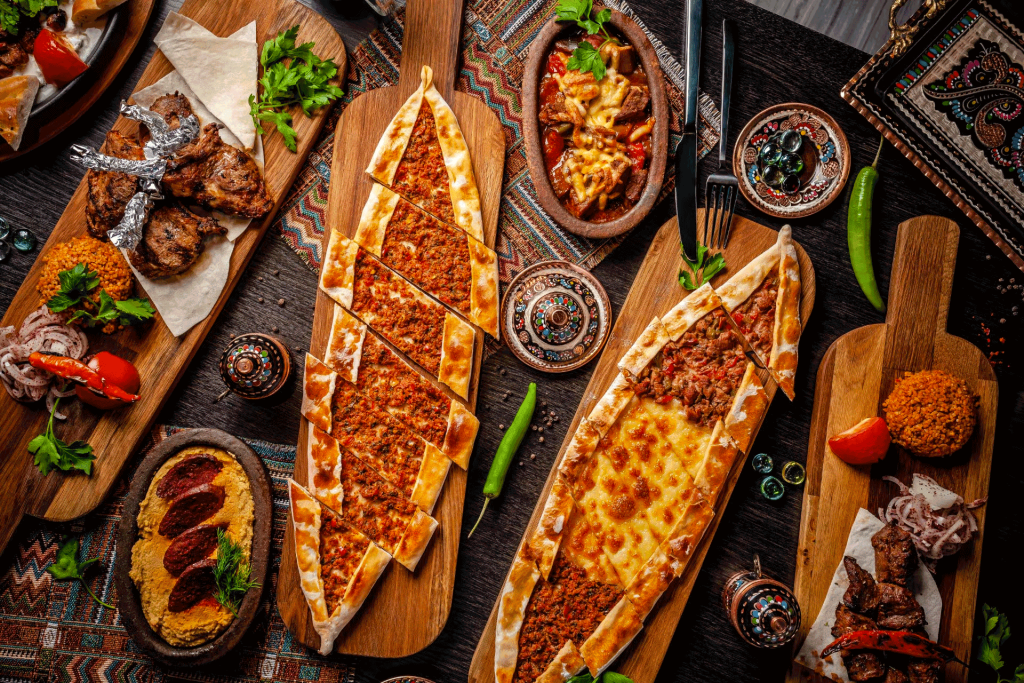
Turkish Cuisine in Istanbul
Turkish cuisine is renowned for its bold flavors and aromatic spices. Start your culinary journey with traditional dishes like Kebabs, Mezes, and Baklava. For an authentic experience, visit Sultanahmet Köftecisi, known for its delectable meatballs, or indulge in the famous Iskender Kebab at Bursa Garaj Kebapçısı.
Best Restaurants in Istanbul
For those seeking a fine dining experience, Mikla offers a stunning view of the Bosphorus alongside modern interpretations of Turkish classics. Another top choice is Neolokal, where Chef Maksut Aşkar blends traditional recipes with contemporary techniques.
Street Food in Istanbul
Every visit to Istanbul is complete with sampling its street food. Head to the bustling streets of Taksim Square for some delicious Simit, a sesame-crusted bread that’s perfect for breakfast on the go. Don’t miss out on trying Balık Ekmek (fish sandwich) at Eminönü or savoring the iconic dessert, Künefe, from one of the many street vendors.
Whether you’re dining at an upscale restaurant or grabbing a quick bite from a street vendor, Istanbul’s culinary scene promises an unforgettable gastronomic adventure.
Navigating the City: Transportation Tips for Tourists
Getting around Istanbul can be an exciting adventure if you know your options and plan accordingly. Istanbul is a sprawling metropolis with a rich history and vibrant culture, making it essential to understand the best ways to navigate its streets and waterways.
One of the most efficient ways to explore the city is by utilizing public transportation in Istanbul. The city boasts an extensive network of buses, trams, metro lines, and ferries that connect various neighborhoods and key attractions. For tourists, obtaining an Istanbulkart is highly recommended. This rechargeable card can be used across all forms of public transport, offering convenience and discounted fares.
When it comes to specific travel tips for Istanbul tourists, it’s important to note that traffic congestion can be pretty heavy during peak hours. Therefore, opting for the metro or tram over taxis or buses might save you time. The T1 tram line is handy as it runs through many major tourist sites, such as Sultanahmet Square, Hagia Sophia, Topkapi Palace, and the Grand Bazaar.
For a unique experience on water transport in Istanbul, consider taking a ferry ride across the Bosphorus Strait. This not only provides stunning views of both the European and Asian sides of the city but also offers a relaxing way to travel between districts like Eminönü and Üsküdar.
In summary, understanding how to use public transportation in Istanbul effectively will significantly enhance your travel experience. By following these transportation tips for tourists and using resources like an Istanbulkart or ferry services wisely, you can enjoy seamless movement throughout this fascinating city.
Bargain Hunting: The Best Markets and Shops for Souvenirs
When it comes to shopping in Istanbul, the city’s vibrant bazaars and markets offer a treasure trove of unique souvenirs and unforgettable experiences. One of the best places to start your bargain-hunting adventure is the Grand Bazaar, one of the largest and oldest covered markets in the world. Here, you can find everything from intricate carpets and handcrafted jewelry to beautifully painted ceramics. The atmosphere is bustling with energy, making it not just a shopping trip but an immersive cultural experience.

Another must-visit market is the Spice Bazaar, also known as the Egyptian Bazaar. This market is famous for its aromatic spices, dried fruits, nuts, and traditional sweets like Turkish delight. It’s an ideal spot for picking up edible souvenirs that capture the flavors of Istanbul.
Lastly, don’t overlook Arasta Bazaar near the Blue Mosque. Though smaller than its counterparts, this bazaar specializes in high-quality textiles and traditional crafts at reasonable prices. It’s less crowded than some of the larger markets, allowing for a more relaxed shopping experience.
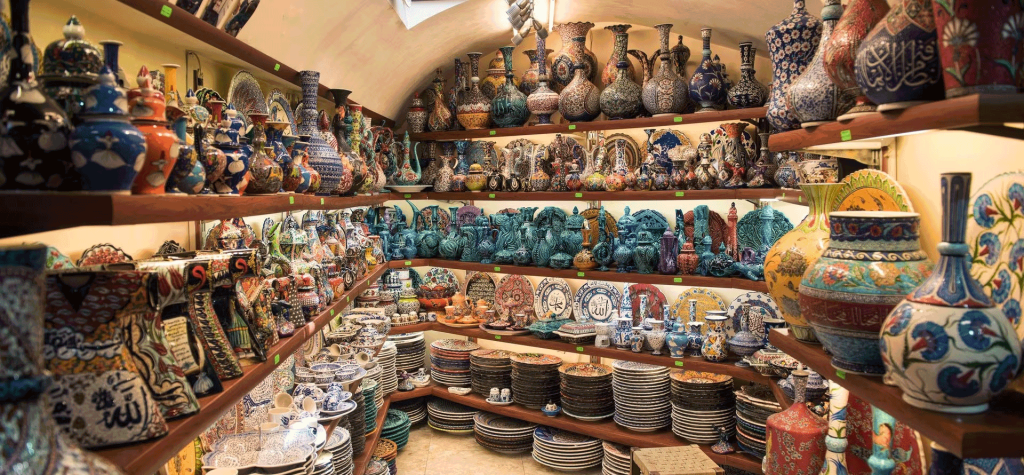
For those who prefer a more modern shopping experience while still wanting to find unique items, Istiklal Street offers a mix of high-street brands and boutique shops. You can discover contemporary Turkish designers here who create pieces perfect for a capsule wardrobe—versatile items that are both stylish and practical.
In summary, whether you’re searching for traditional crafts or modern fashion pieces to add to your capsule wardrobe, Istanbul’s markets provide an array of options that cater to every taste and budget. Happy bargain hunting!
Middle East
The Ultimate Guide to Dubai : Exploring the Jewel of the UAE
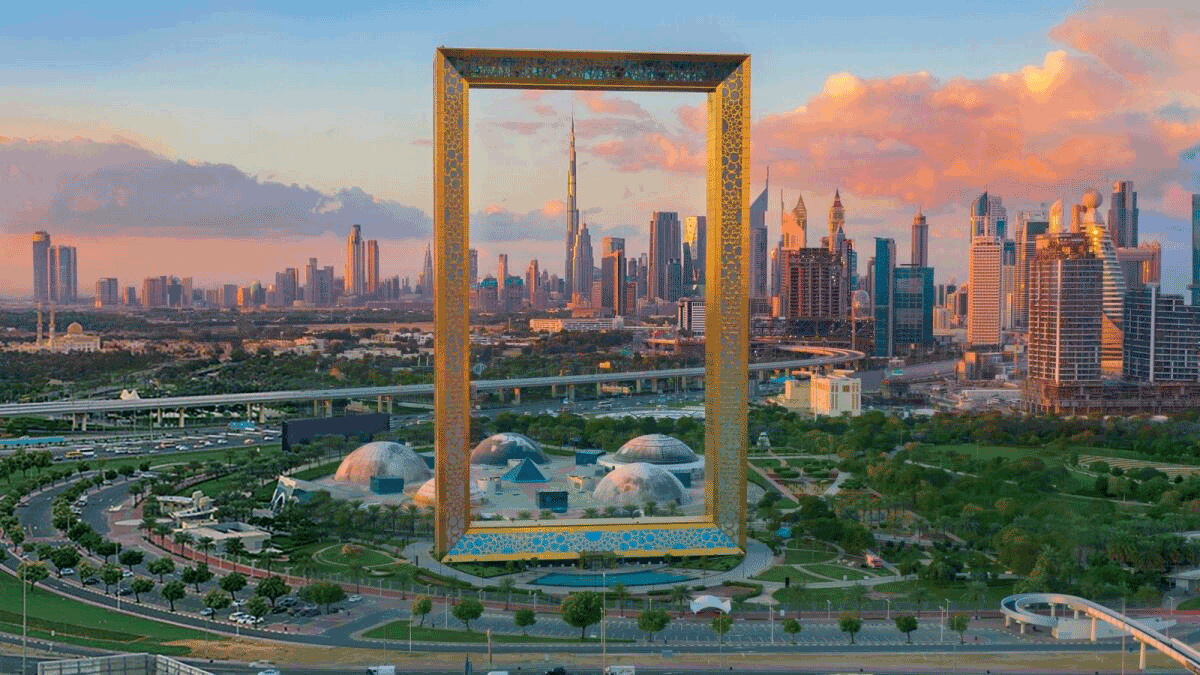
Why Dubai is a Must-Visit Destination
Dubai, a city known for its ultramodern architecture, luxury shopping, and vibrant nightlife, has become a premier destination for travelers worldwide. There are several compelling reasons why Dubai tourism continues flourishing and why you should consider visiting this dynamic city.
One of the primary reasons to travel to Dubai is its impressive skyline, dominated by the iconic Burj Khalifa. Standing at 828 meters, it is the tallest building in the world and offers breathtaking views from its observation decks. Dubai’s skyline is a sight to behold for those who appreciate architectural marvels.
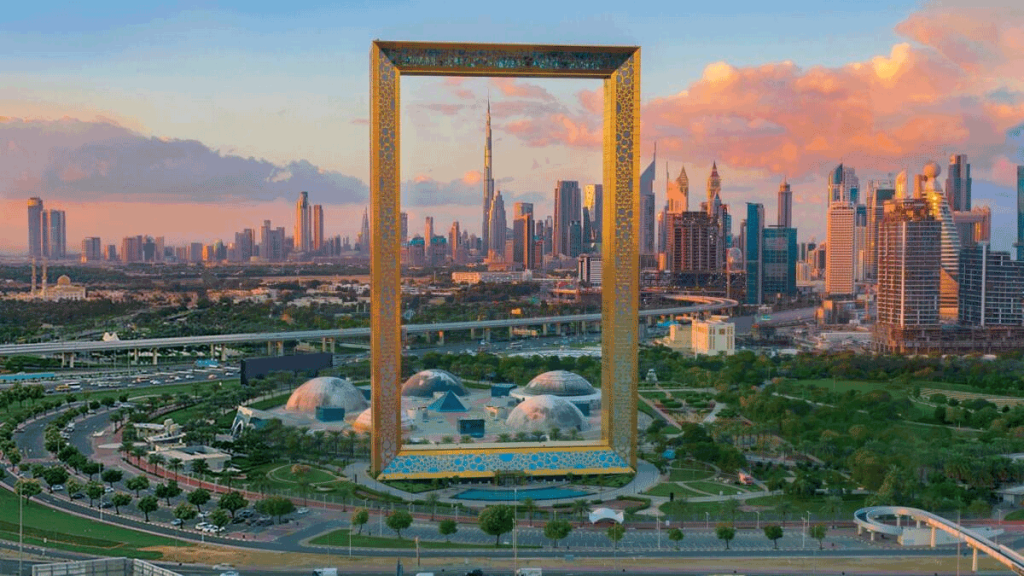
Another reason to visit Dubai is its rich cultural tapestry. Despite its modernity, Dubai has preserved its heritage through attractions like the Al Fahidi Historical Neighborhood and the Dubai Museum. Visitors can explore traditional souks such as the Gold Souk and Spice Souk to get a taste of old-world charm.
Dubai also boasts some of the world’s most luxurious experiences. From opulent hotels like Burj Al Arab to extravagant shopping malls such as The Dubai Mall and Mall of the Emirates, luxury abounds in every corner. The city’s culinary scene is equally impressive, offering everything from street food delights to Michelin-starred dining establishments.
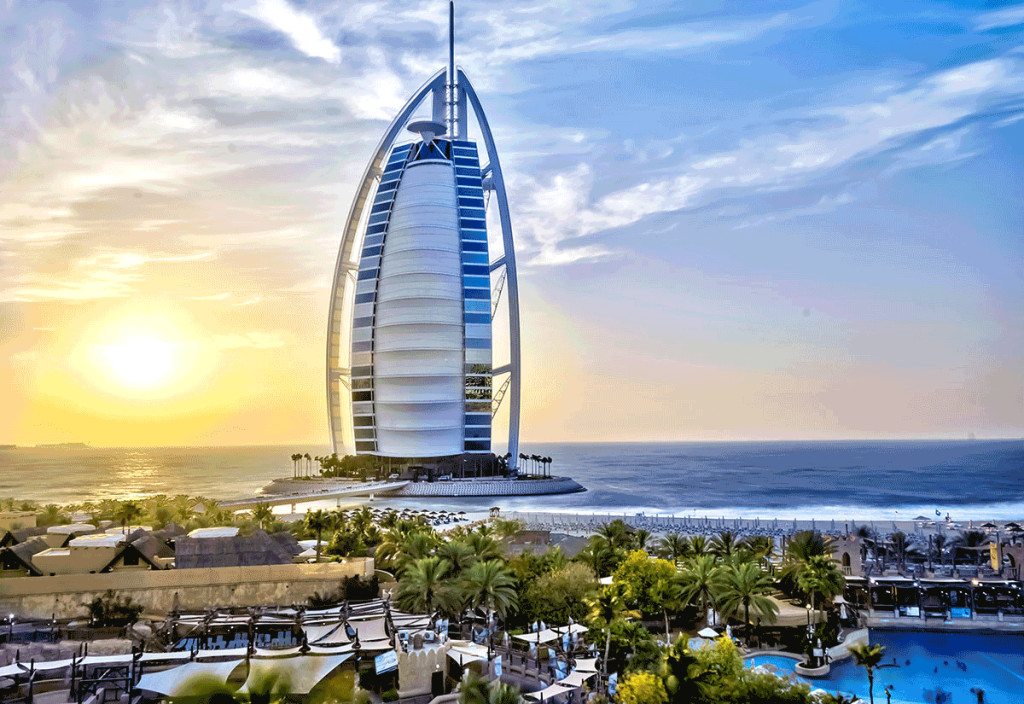
For adventure seekers, numerous activities make Dubai a must-visit destination. Desert safaris offer thrilling dune-bashing experiences, while indoor ski resorts like Ski Dubai provide unique opportunities for winter sports in a desert climate.
In summary, whether you are drawn by futuristic architecture, cultural richness, luxury experiences, or adventurous activities, there are ample reasons why visiting Dubai should be on your travel bucket list.
Top Attractions in Dubai You Can’t-Miss
Dubai is a city that seamlessly blends modern marvels with traditional charm, offering an array of attractions that captivate every visitor. Here are some top places to visit in Dubai that you can’t miss:

Burj Khalifa: Standing tall at 828 meters, the Burj Khalifa is not only the tallest building in the world but also an architectural masterpiece. Visitors can enjoy breathtaking views from its observation decks on the 124th and 148th floors. The experience of watching the sunset from this vantage point is truly unparalleled.
The Palm Jumeirah: This artificial island is shaped like a palm tree and is one of Dubai’s most iconic landmarks. The Palm Jumeirah offers luxurious hotels, pristine beaches, and upscale dining options. A visit to Atlantis, The Palm resort, for its waterpark and aquarium makes for an unforgettable experience.
Dubai Mall: Known as one of the largest shopping malls globally, Dubai Mall isn’t just about retail therapy. It houses over 1,200 stores along with various entertainment options, such as an indoor ice rink, a massive aquarium, and even a VR park. It’s a perfect destination for families looking to spend an entire day exploring.
Dubai Fountain: Located at the base of Burj Khalifa and outside Dubai Mall, the Dubai Fountain features daily performances where water jets shoot up to 150 meters in synchronization with music and lights. These spectacular shows occur every evening and are free for all visitors to enjoy.
These attractions highlight just a few reasons why Dubai continues to be a top destination for travelers worldwide. Whether you’re interested in awe-inspiring architecture or luxurious leisure activities, there’s something in this vibrant city for everyone.
Cultural Experiences and Heritage Sites in Dubai
Dubai is a city that seamlessly blends the old with the new, offering visitors a unique opportunity to explore its rich cultural heritage alongside its modern marvels. One of the most compelling aspects of Dubai culture is its array of heritage sites and cultural experiences that provide a window into the UAE’s storied past.
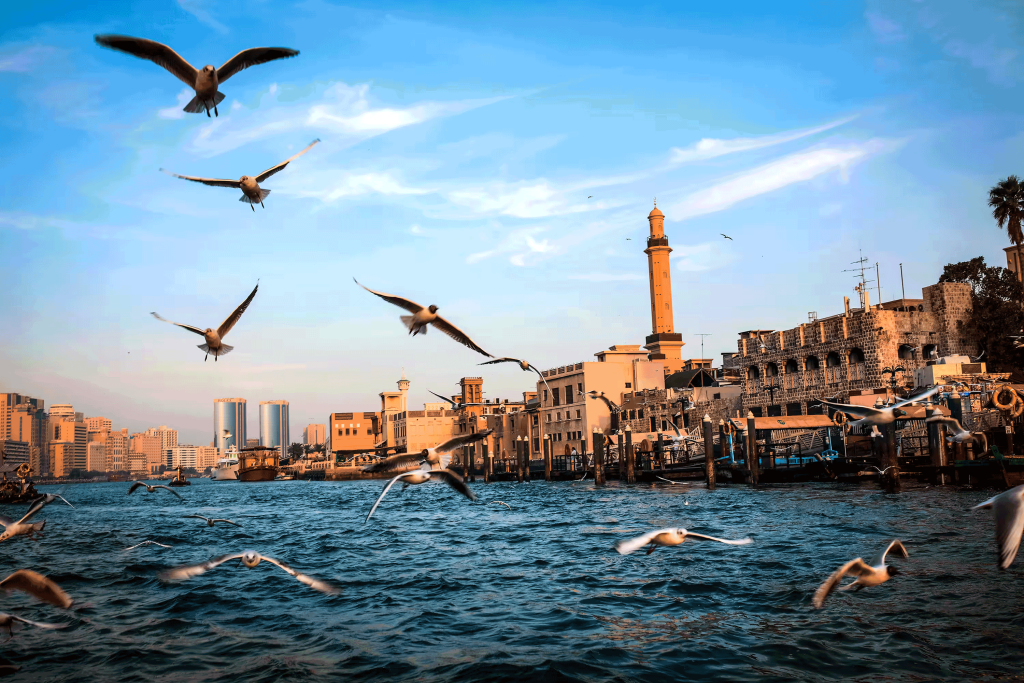
A visit to Old Dubai is essential for anyone looking to immerse themselves in the traditional aspects of Emirati life. The Al Fahidi Historical Neighborhood, also known as Al Bastakiya, is one such site where narrow lanes and wind-tower architecture transport you back in time. This area is home to several museums and art galleries, including the Dubai Museum housed in the Al Fahidi Fort, which offers fascinating insights into the city’s history.
Another must-see heritage site in Dubai is the Sheikh Saeed Al Maktoum House. This historic building was once home to Dubai’s former ruler and has now been converted into a museum showcasing artifacts from Dubai’s pearl diving era, maritime history, and early trade activities.
For those interested in more interactive cultural experiences in UAE, visiting a traditional souk can be incredibly rewarding. The Gold Souk and Spice Souk are bustling markets where you can experience firsthand the vibrant trading culture that has been at Dubai’s heart for centuries.
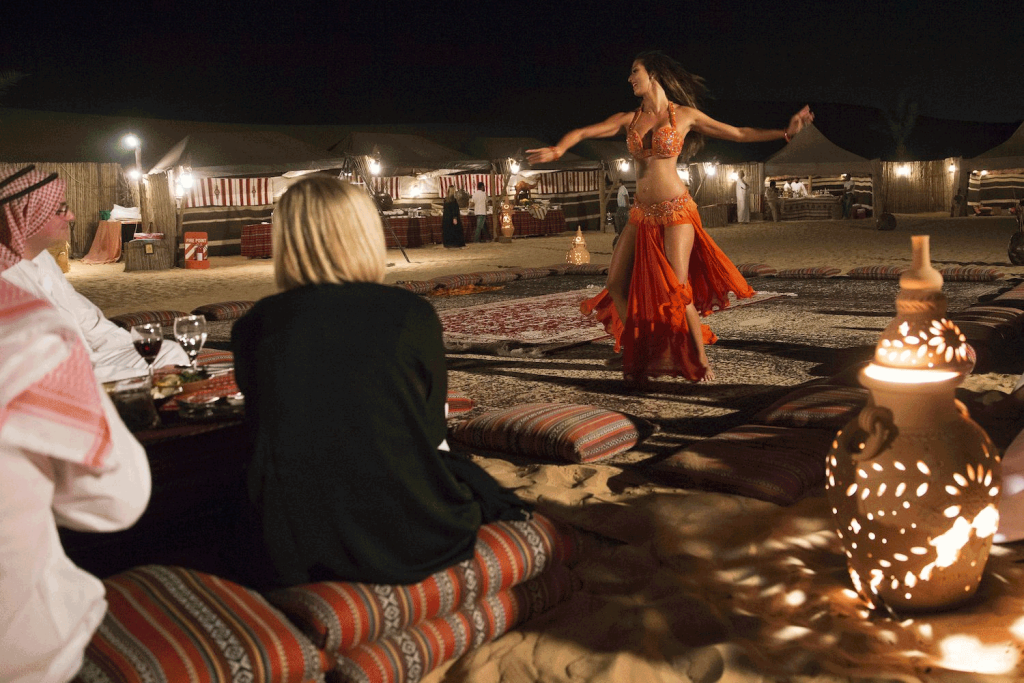
In addition to these historical sites, cultural festivals like the Dubai Shopping Festival and Heritage Days offer immersive experiences featuring traditional music, dance performances, and local cuisine. These events not only celebrate contemporary achievements but also pay homage to the enduring traditions that shape life in this dynamic city.
The Ultimate Shopping Experience: Malls and Souks in Dubai
Dubai is renowned for offering an unparalleled shopping experience, blending the luxury of modern malls with the rich cultural heritage of traditional markets or souks. Shopping in Dubai caters to all tastes and preferences, making it a haven for both luxury seekers and those looking for unique, authentic finds.
The best malls in Dubai are architectural marvels that provide more than just retail therapy. The Dubai Mall, one of the largest shopping centers in the world, boasts over 1,200 stores ranging from high-end brands to popular high-street retailers. Visitors can also enjoy a plethora of entertainment options, such as an indoor aquarium, ice rink, and even a VR park. Another must-visit is the Mall of the Emirates, home to Ski Dubai—an indoor ski resort that offers a surreal escape from the desert heat.
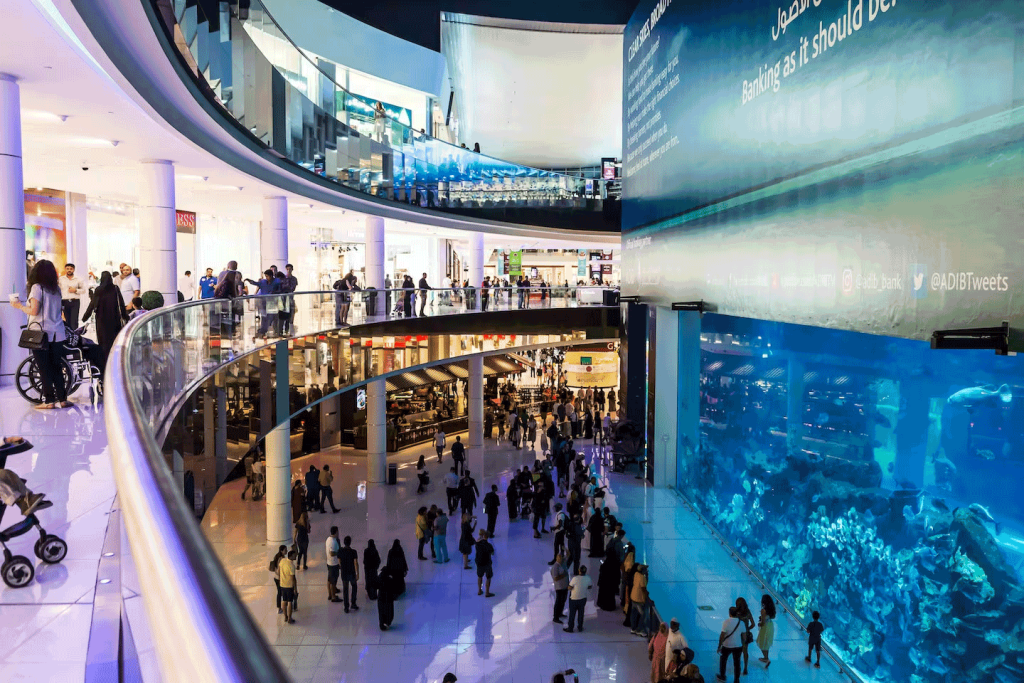
For those who prefer a more traditional shopping experience, the souks in UAE offer an enchanting glimpse into Arabian culture. The Gold Souk in Deira is famous for its dazzling array of gold jewelry and precious gemstones at competitive prices. Meanwhile, the Spice Souk nearby entices visitors with its aromatic spices and herbs displayed in vibrant sacks and jars. The Textile Souk offers beautiful fabrics from around the world that can be tailored into custom garments.
Whether you’re exploring sprawling malls or wandering through bustling souks, shopping in Dubai promises an ultimate experience where modernity meets tradition seamlessly.
Culinary Delights: Exploring Food and Dining Options in Dubai
Dubai is a city that has rapidly become a global hub for culinary excellence, offering an array of dining options that cater to every palate. Whether you’re seeking traditional Emirate cuisine or looking to explore international flavors, dining in Dubai promises an unforgettable gastronomic journey.
For those interested in experiencing the rich heritage of the region, traditional Emirate cuisine is a must-try. Restaurants like Al Fanar and Aseelah serve authentic dishes such as Al Harees, a slow-cooked meat and wheat dish, and Machboos, a fragrant rice dish with meat or fish. These eateries offer not just food but an immersive cultural experience that transports diners back in time.
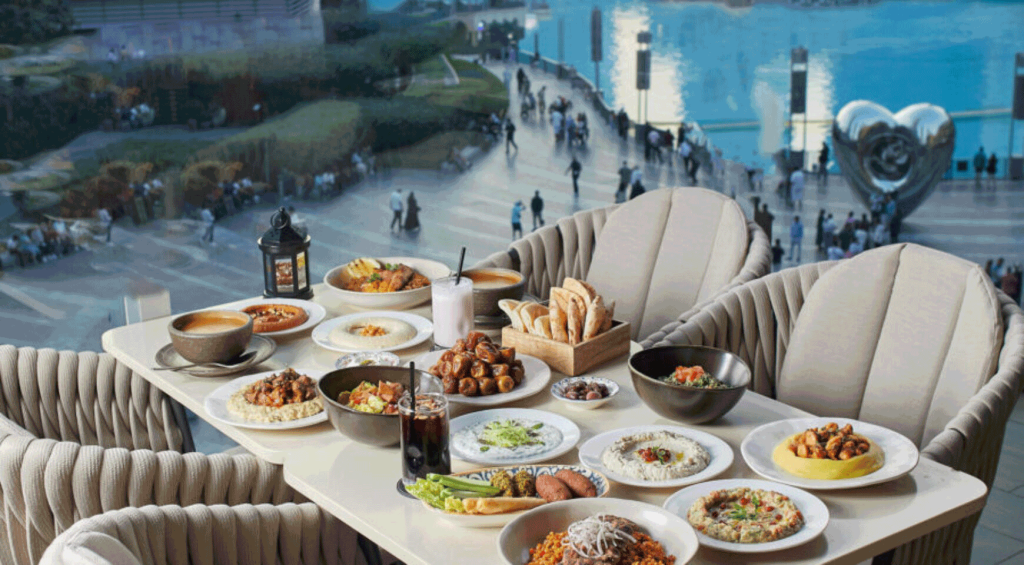
On the other hand, Dubai’s cosmopolitan nature means it hosts some of the best restaurants in the world featuring international cuisine. From Michelin-starred establishments like Nobu and Zuma to hidden gems offering Italian, French, Indian, and Asian delicacies, there’s something for everyone. The city’s culinary landscape is ever-evolving, with new restaurants constantly emerging on the scene.
Whether you’re indulging in sumptuous traditional Emirate meals or exploring diverse international cuisines, dining in Dubai is an adventure that offers both variety and quality. The city’s commitment to culinary excellence ensures that every meal becomes a memorable experience.
Outdoor Activities and Adventure Sports Available in the City and Beyond
Dubai is a hub for outdoor activities and adventure sports, offering a wide array of options both within the city and in its surrounding areas. One of the most popular experiences is the Dubai desert safari. This thrilling adventure allows you to explore the vast Arabian Desert through dune bashing, camel riding, and even sandboarding. The desert safari typically includes cultural experiences such as traditional dance performances and a taste of local cuisine, making it an all-encompassing activity.
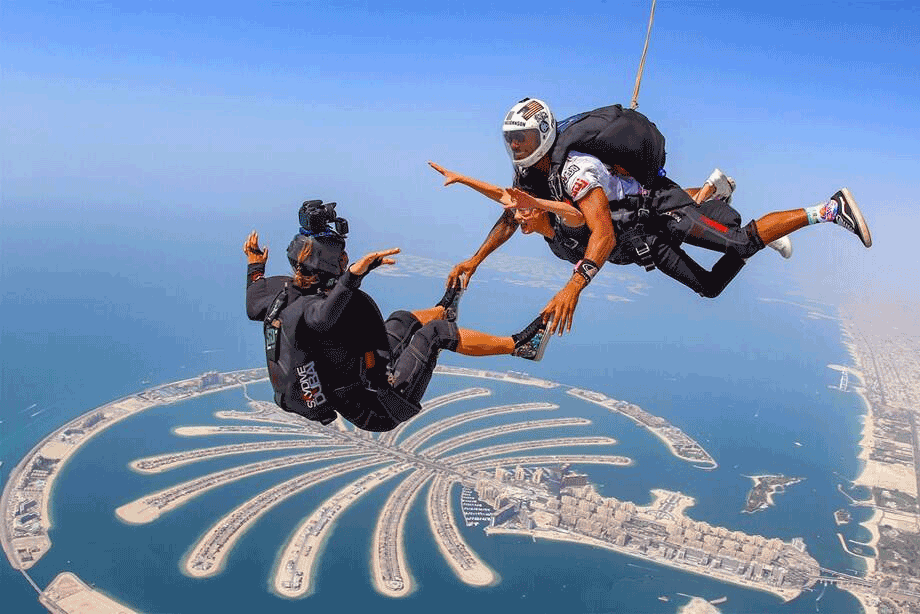
For those seeking an adrenaline rush from greater heights, skydiving over Palm Jumeirah offers breathtaking views combined with the thrill of freefalling from thousands of feet above ground. This iconic experience is perfect for both seasoned skydivers and first-timers looking to tick off a bucket list item.
Water sports enthusiasts will find plenty to keep them entertained in Dubai’s coastal areas. From jet skiing along Jumeirah Beach to kite surfing at Kite Beach, there are numerous ways to enjoy the warm waters of the Arabian Gulf. Additionally, scuba diving opportunities abound for those interested in exploring underwater life.
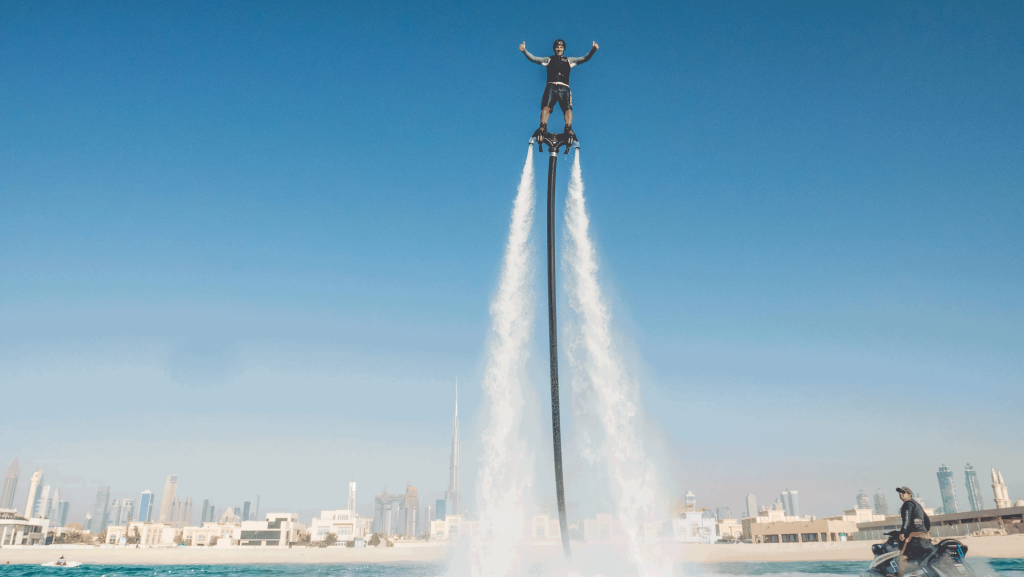
Beyond Dubai, the UAE offers other exciting adventure sports, such as mountain biking in Hatta or rock climbing in Ras Al Khaimah. These activities provide unique ways to explore different terrains and landscapes across the country.
In conclusion, whether you’re drawn to desert adventures or water-based excitement, Dubai and its neighboring regions offer a diverse range of outdoor activities that cater to all levels of adventurers.
Luxury Accommodations: Where to Stay for an Unforgettable Experience
When it comes to luxury accommodations, discerning travelers seek more than just a place to rest their heads. They desire an experience that leaves a lasting impression, combining luxury with impeccable service and unique amenities. From lavish resorts nestled in picturesque landscapes to sophisticated urban hotels offering panoramic city views, the options are as diverse as they are enticing.

Luxury accommodations often feature spacious suites adorned with high-end furnishings and state-of-the-art technology. Guests can expect personalized services such as private butlers, gourmet dining experiences curated by renowned chefs, and exclusive access to premium facilities like spas, golf courses, and private beaches.
For those seeking an extraordinary stay, consider destinations known for their exceptional hospitality. The Amalfi Coast in Italy offers cliffside villas with breathtaking sea views and Mediterranean charm. In contrast, Dubai’s towering skyscrapers house some of the world’s most extravagant hotels featuring underwater suites and rooftop infinity pools.
Whether it’s a serene retreat in the Maldives or a historic castle in Scotland transformed into a five-star hotel, luxury accommodations promise not just comfort but an unforgettable experience that caters to every whim and desire of the modern traveler.
-

 Africa10 months ago
Africa10 months agoAdventure Travel: Top Destinations for Thrill Seekers That Will Take Your Breath Away
-

 Africa9 months ago
Africa9 months agoWhy Nairobi is the Safari Capital of the World
-
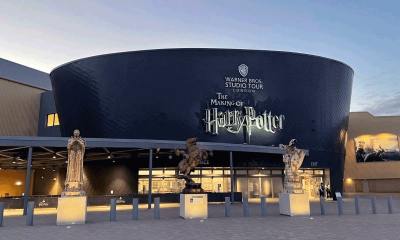
 Europe10 months ago
Europe10 months agoUnveiling the Magic: Why Warner Bros Studio Tour London is a Must-Visit for Harry Potter Fans
-

 Asia10 months ago
Asia10 months agoSustainable Travel: 10 Eco-Friendly Destinations That Will Inspire Your Next Adventure
-

 Africa10 months ago
Africa10 months agoSeasonal Travel Guide: Unlock the Best Destinations for Every Time of Year
-

 Middle East9 months ago
Middle East9 months agoThe Ultimate Guide to Dubai : Exploring the Jewel of the UAE
-
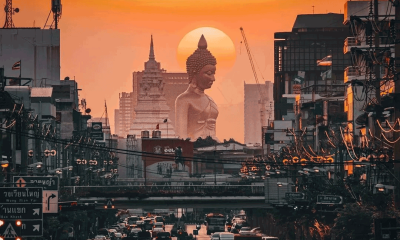
 Asia9 months ago
Asia9 months agoDiscover Bangkok: The Ultimate Travel Guide to Thailand’s Vibrant Capital
-

 Europe10 months ago
Europe10 months ago10 Must-Visit Family-Friendly Destinations for Unforgettable Adventures in 2024

